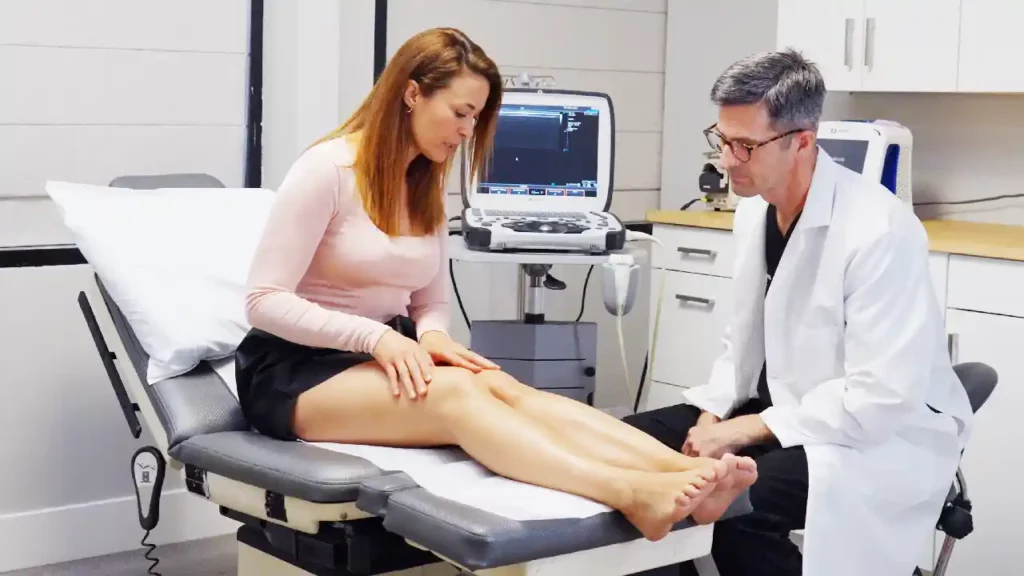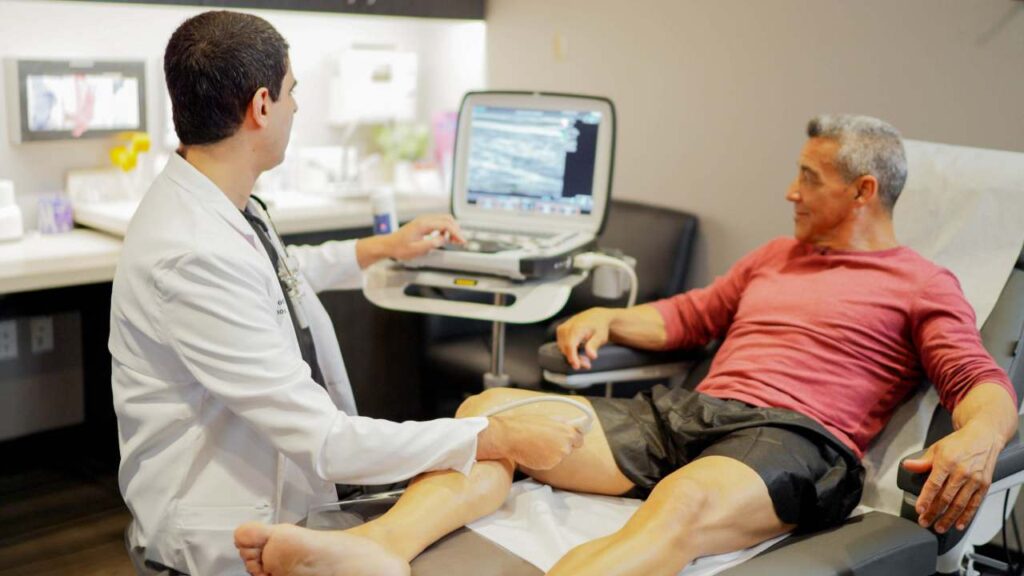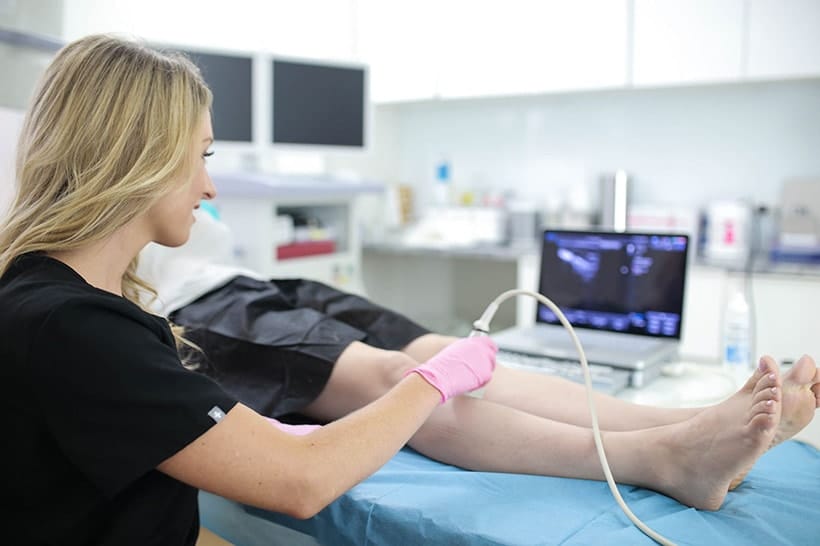The cost of Spider vein treatment depends on the severity of spider veins, the type of treatment you require, and the state you live in. Sclerotherapy generally costs around $350 to $500 per session. You may require multiple sessions, depending on the extent of your spider veins. You can get a more precise estimate of the number of sessions you would require and the overall cost after your doctor reviews your case in the first consultation.
More advanced procedures can cost more, such as Varithena (which costs around $2000 to $3000) and radiofrequency ablation (around $3000 to $5000). Again, a more precise estimate can only be made after an evaluation of the extent of your disease.
If you would like to know more about the best vein treatment options for you, book an appointment with the best vein doctors in California.

Does insurance cover Spider vein treatment?
Most insurance companies have a policy to only cover medical expenses that are deemed ‘medically necessary’. Spider vein treatment is generally considered a cosmetic treatment and not medically necessary, which would mean that most insurance will not cover spider vein treatment. However, it is best to discuss with the doctor’s office to determine whether your insurance does cover the treatment.
Can you walk after Spider vein treatment?
Yes, you can walk after a spider vein treatment procedure, irrespective of which procedure you have. Most spider vein treatment procedures are minimally invasive and can be performed in an out-patient department. The procedures themselves generally take about 30 minutes to 60 minutes and you will be able to walk out of the procedure within half an hour of completing the procedure.
In fact, walking after spider vein treatment is encouraged by doctors. Regular walking improves blood circulation in the legs, prevents blood clots, and helps speed up the healing process after spider vein treatment. Doctors recommend that you walk every day after the procedure, increasing distance and speed slowly day by day.
Can you fly after spider vein treatment?
This depends on the length of the flight, and the extent of spider vein treatment. Most doctors advise to not fly for at least four weeks after getting spider vein surgery. For minimally invasive procedures and short flights, doctors may advise not to travel for a week after the procedure. Nonetheless, it is better to plan your travels and your spider vein treatment as far apart as possible, to give you plenty of time to rest and recover. To know what is best for you, discuss your individual case with your doctor before getting the procedure.
Does drinking water help with Spider veins?
Staying properly hydrated is good for your overall health, and also for your vein health. Drinking sufficient amounts of water ensures that your blood is not too thick, which helps with proper circulation and reduces the risk of blood clots. On the other hand, dehydration can worsen your spider veins and increase the risk of blood clots, and even Deep Vein Thrombosis.
Not only that, proper hydration strengthens your muscles. Your muscles act as a strong support system for your veins as they pump blood throughout the body towards the lungs. If your muscles aren’t well hydrated and strong, this can cause the veins to weaken and collapse.
Can Spider veins return after treatment?
The spider veins that have been treated will usually fade away in time and not return. This, however, does not stop new spider veins from forming, sometimes in the same location where treatment had occurred. This can happen in up to 20% of the patients who undergo spider vein treatment. To prevent spider veins from returning, it is more important to focus on lifestyle changes such as weight control, increased exercise, and quitting harmful habits such as smoking. Genetic disposition cannot, however, be controlled, and spider veins may still return after treatment. Treatment of recurrent veins may differ from previous treatment, and needs to be discussed with the vein specialist.
The Vein Clinic boasts a team of highly experienced vein doctors who are at the top of their fields and have all been trained at Ivy League universities. All our doctors are fellowship trained and double board certified. With cutting edge, state-of-the-art technology and world class medical infrastructure at their disposal, these vein specialists use the most advanced procedures to treat their patients. To top it all, our doctors know to keep patients’ comfort ahead and treat them with friendliness, patience, and kindness.
Our vein clinic at San Diego is currently located near the Torrey Pine beach state park, close to the Westfield UTC Shopping Center. In San Jose, our vein clinic is located in a beautiful neighborhood near Palo Alto, Sunnydale, and Santa Clara. It is down the block from the Santa Clara Medical Center, and the Santana Row Shopping Mall. Our experienced Harvard-trained vein doctors can offer the best care possible to help you.






